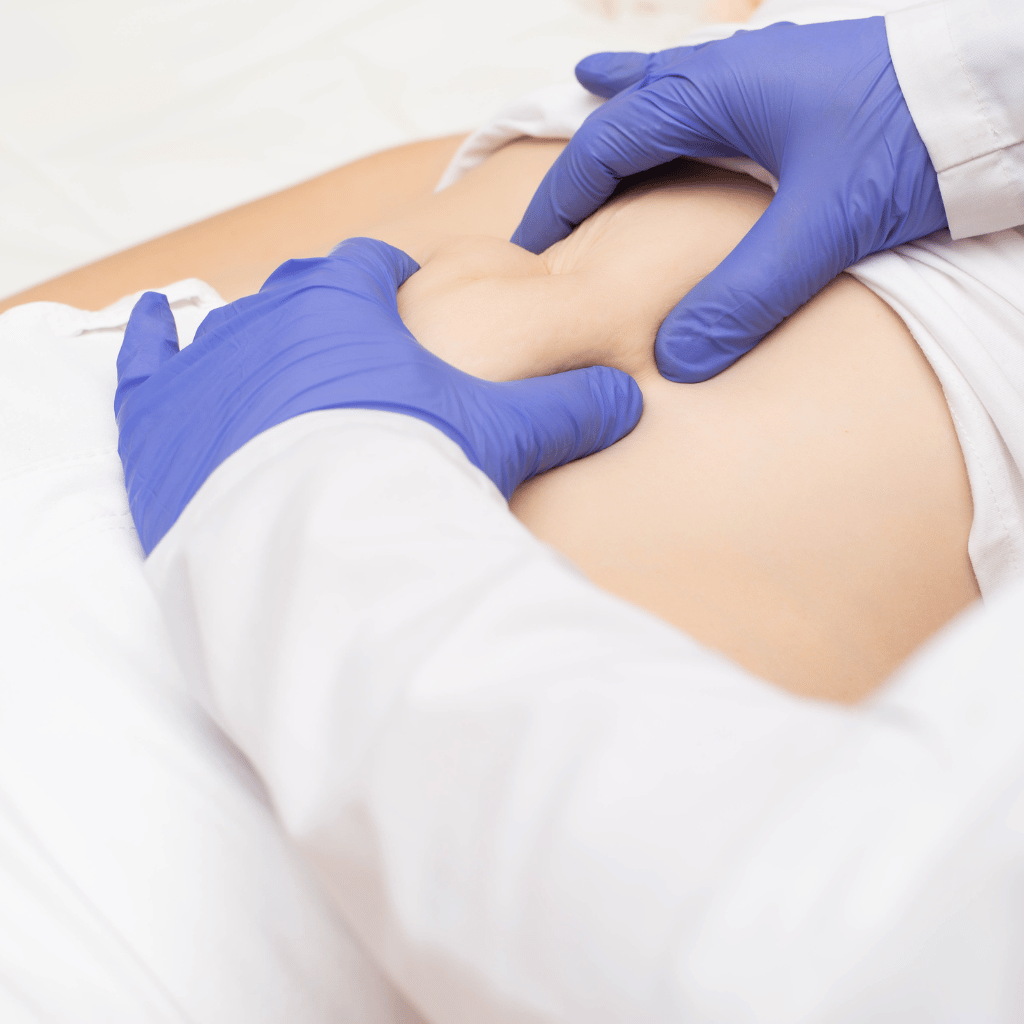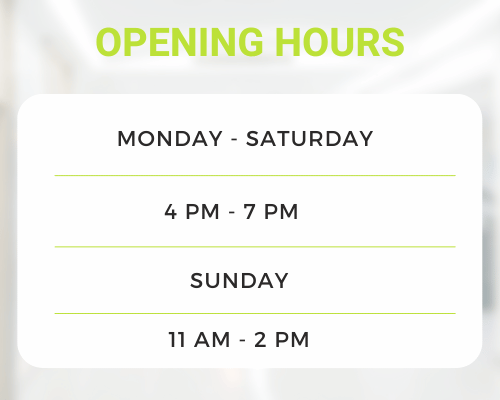Incisional Hernia ( Recurrent hernia)
The swelling in abdominal area or development of scar as the muscle wall becomes weak due to previous operation or surgical cuts.
Incidence – 4 to 25 % after any surgery over abdomen
Symptoms & Diagnosis
- Swelling or Lump over previous Scar
- Abdominal fullness or Distension
- Vomiting or Nausea
- Pain
Assessment of patient as per following
- Ultrasound or Sonography
- CT Scan - Abdomen or Pelvis
Causes
- Obesity
- Cough
- Pus formation or infection
- Old age
- Cough
- Constipation
- Weak Muscle tone
Treatment
Only surgery is the treatment.
Early intervention is necessary for better success rates with Minimal complications or Side effects.
Open Hernioplasty
- Onlay
- Sublay
- Underlay
Laparoscopic Repair
- IPOM Plus
- E-TEP-RS
There is no role of medicines, exercise, Yoga, oil massage, Desi Home remedies, Hernia belts or TRUSS for hernia treatment. Use of this can complicate the problem
In general it is quite safe esp. Laparoscopic surgery has very low infection rates.
Immediate
– Infection
– Bleeding
– Intestinal InjuryDelayed
– Recurrence ( 4 – 15 %)
Early surgery when hernia size is small means less chances of hernia coming back.
Treatment by Experienced Hernia Surgeon will have less recurrence rates.
Prevent Weight Gain
Avoid Lifting Heavy weight more than 8 kg for 4 – 6 months
Avoid Constipation
Do not lift Heavy weight more than 8 kg for 4 to 6 months
Do not strain in toilet or urine
Use Stool softeners & High fiber diet
Lose weight if obese
No role of truss before or after surgery
No Gym for 4-6 months, but can do lighter exercise
Increase in Size of hernia
Obstruction of hernial contents – trapping of intestines or omentum
Strangulation & gangrene of Intestine – Blood supply is cut off due to twisiting
These complications are dangerous & life threatening. Therefore it needs urgent attention.
- Short Hospital stay
- Fast recovery
- Minimal pain
- Less chances of infection
- Less chance of missing other causes of pain


